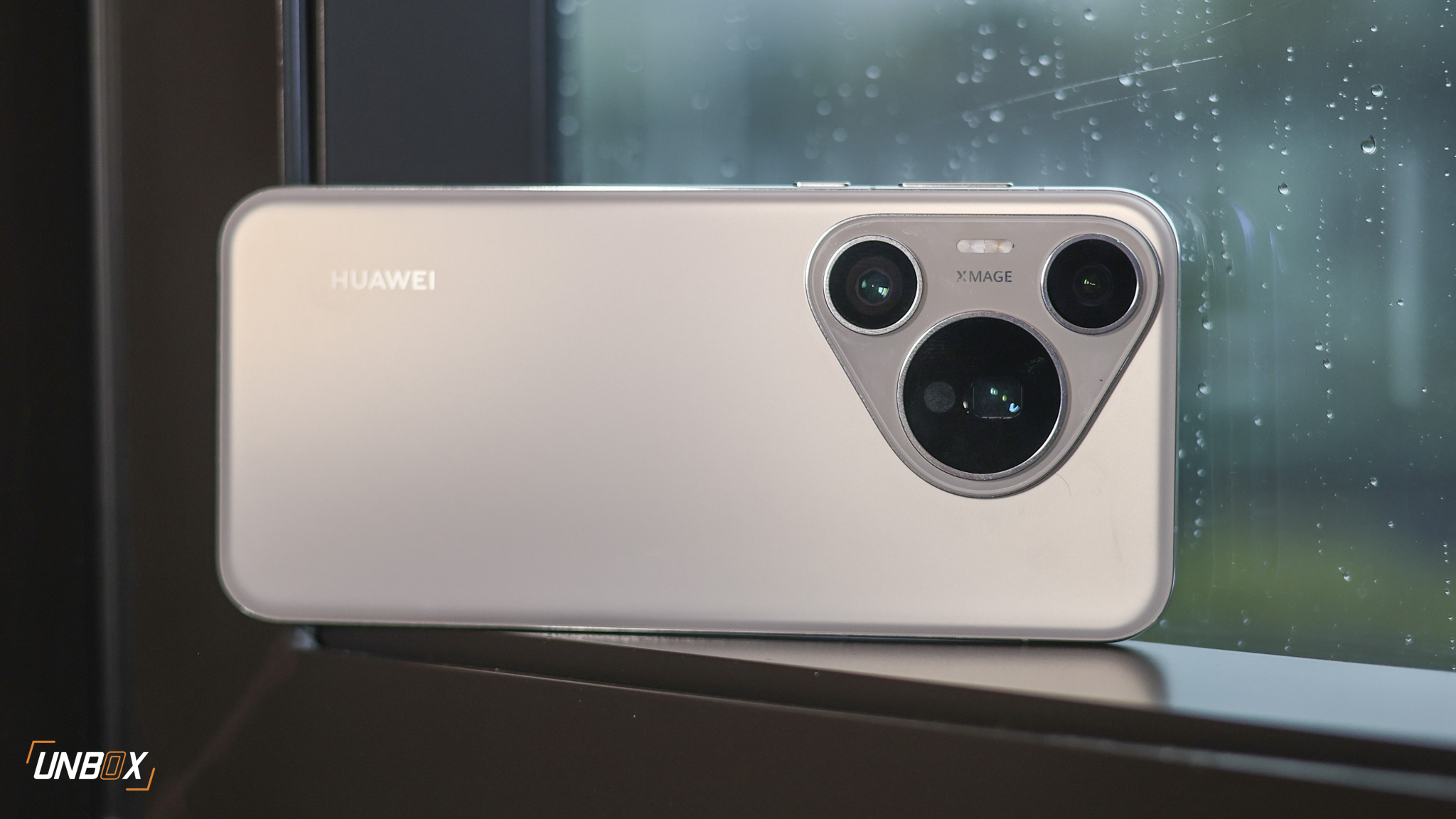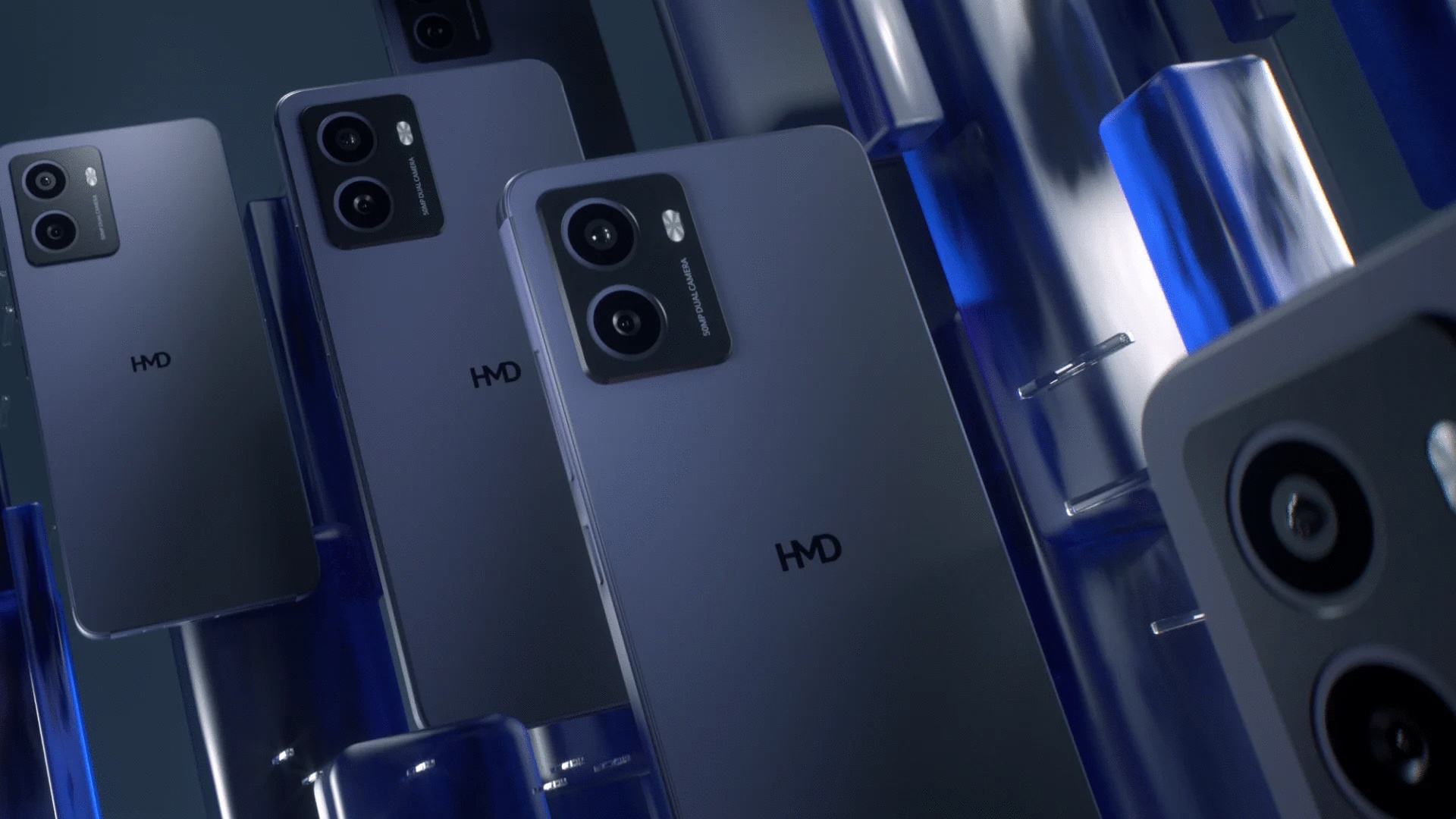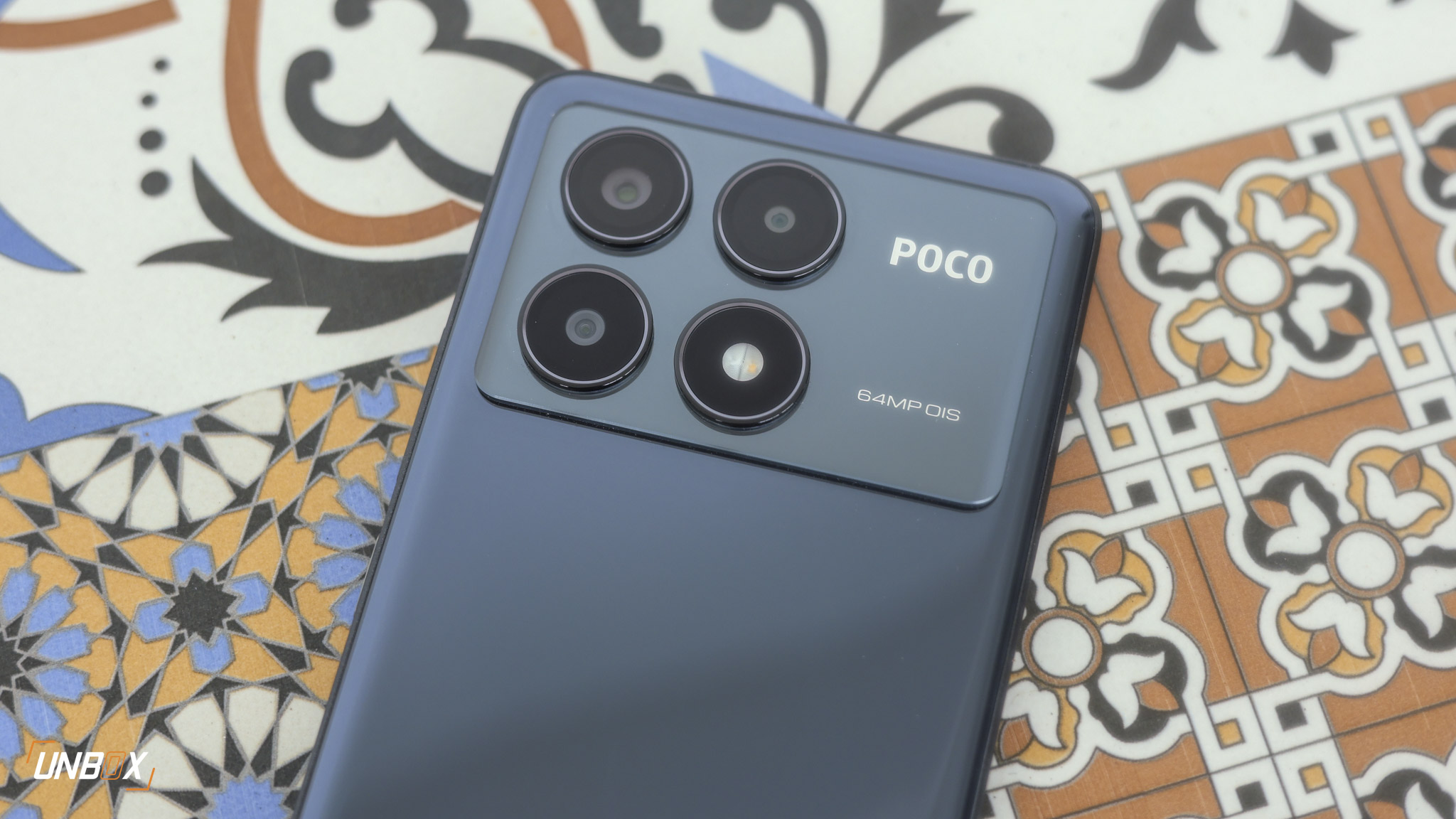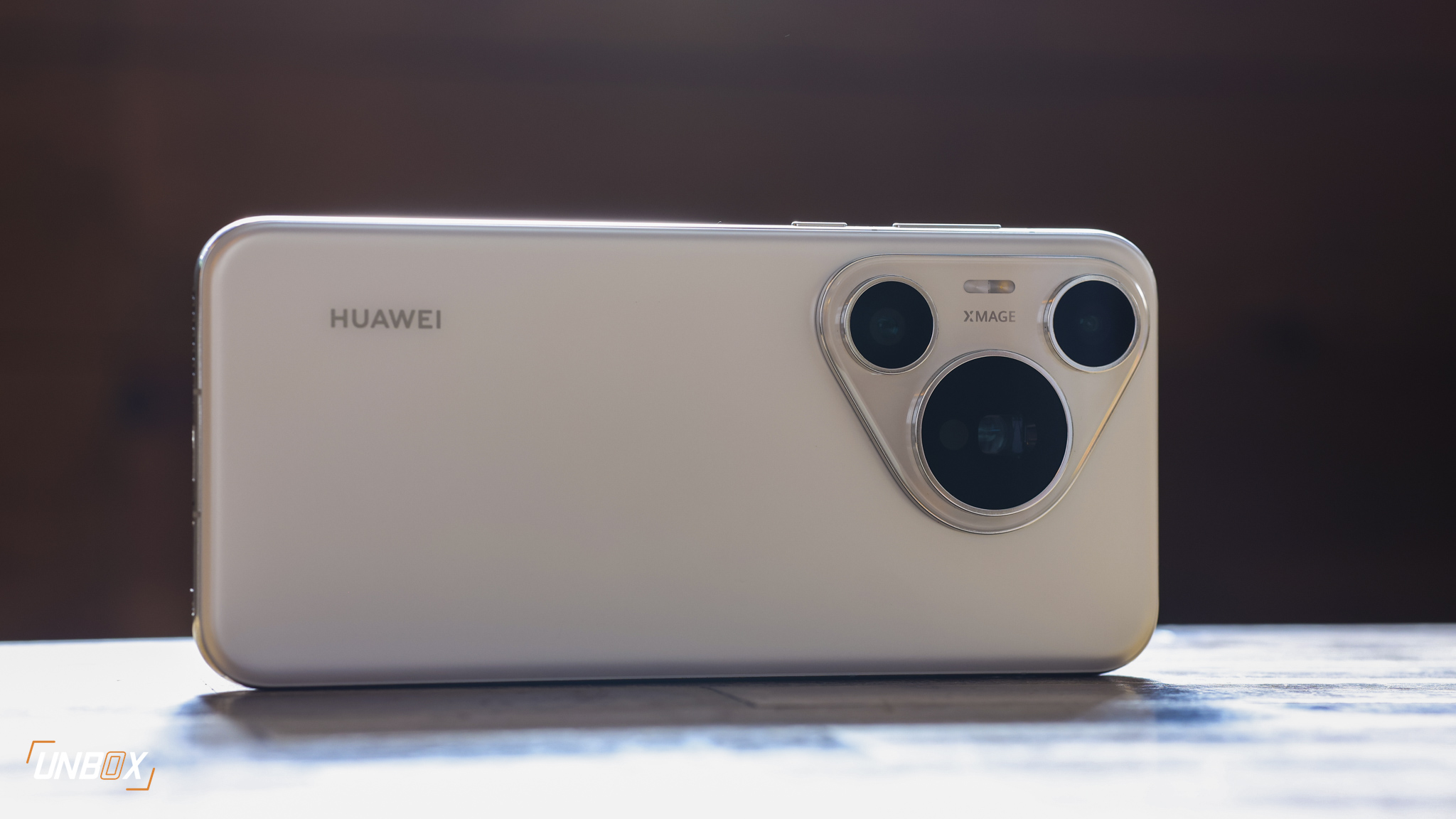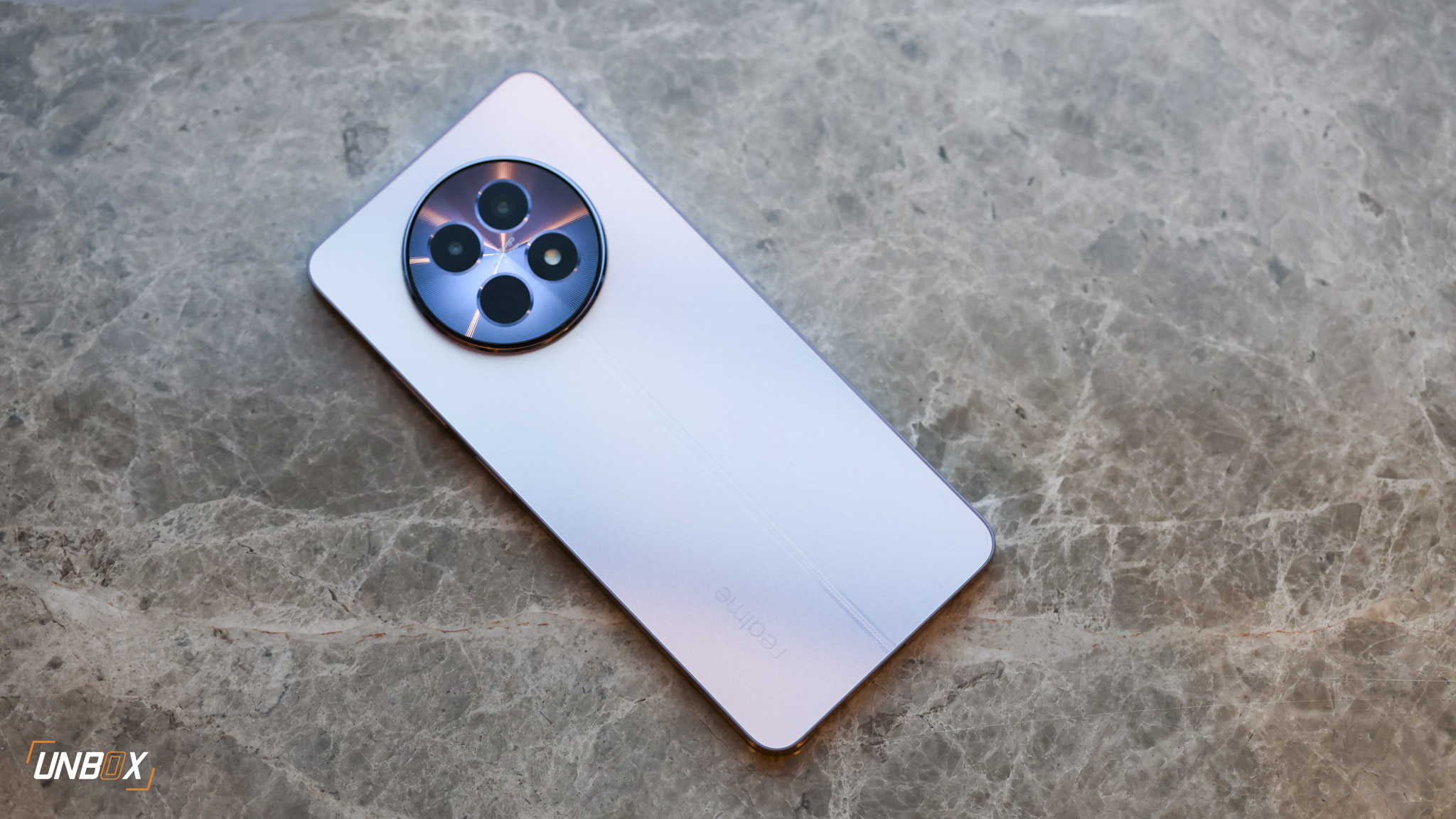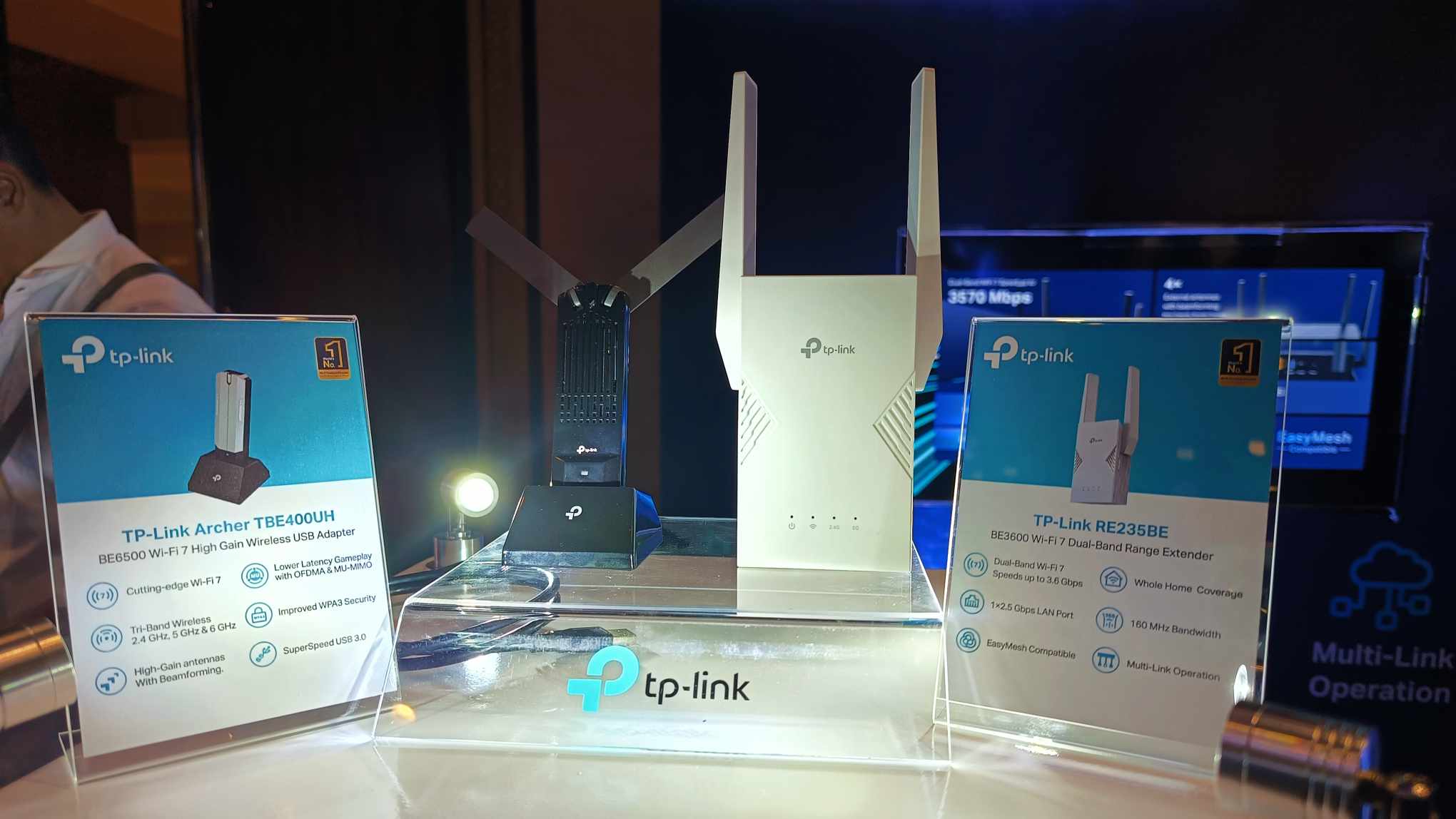A Closer Look at Cloudfone’s Best Device Yet
Local brand, Cloudfone, is looking to grab a bigger slice of the pie with their new Next series line of smartphones. Armed with 18:9 displays with good looking spec sheets to boot, they’ve definitely caught the attention of the tech scene in the Philippines; with arguably the best devices that the local company has ever put out. We’ve been using their quad-cam equipped Quattro as our daily driver for about a week and it’s time that we share our thoughts on whether it’s worth shelling out your hard-earned cash on this device.
Cloudfone Next Infinity Quattro Specs
- 2.6GHz MediaTek Helio P25 octa-core processor
- Mali-T880 GPU
- 4GB of RAM
- 6.0-inch HD+ Infinity Vision Display; 720 x 1440 pixels, 18:9 aspect ratio with Gorilla Glass 3 protection
- 64GB of expandable storage (up to 256GB)
- 4G, LTE (700MHz Ready)
- Dual SIM
- 13-megapixel and 5-megapixel rear camera with PDAF, LED flash, 2x Optical zoom and Bokeh Effect
- 20-megapixel and 8-megapixel front cameras with LED flash and portrait mode
- WiFi, Bluetooth
- GPS, A-GPS
- Fingerprint scanner
- 4010mAh battery
- Android 7.0 Nougat
Excellent Build Quality
We really have to praise Cloudfone for choosing to go with a metal build on the Next Infinity Quattro. It feels premium in the hand and felt very similar to holding the OnePlus 5T; complete with its gentle curves and a bit of chamfering on the edges too. You do have a bit of plastic on the top and bottom of the device but it does go with the finish of the device.
In our quick review for the Infinity Quattro, we already mentioned our tiny complaint about the screen not blending into the frame for better ergonomics but that’s something we barely noticed after using the device with the case that comes inside the box. If you like throwing caution to the wind and prefer going caseless with your devices, we advise you not to do so with the Quattro. Not only will that case improve how the device feels in the hand but it will also protect the glass for its rear shooters.
Something worth noting in terms of design is the SIM tray for the Quattro. While hybrid SIM trays aren’t exactly new or something we often talk about in our full reviews, we were quite surprised that the SIM1 slot on the Quattro was made for a Micro SIM and not a Nano SIM that we’re used to seeing in most of the devices that have come across our desks. It’s not a deal breaker in any way, but we did find ourselves wondering if we still had an adapter for it lying around. Thankfully, the SIM2 slot takes a Nano SIM. Again, it’s worth mentioning if you need the extra storage space and you’re using a Nano SIM card.
Wishing for a Full HD+ Panel
As mentioned earlier, Cloudfone implemented the current display trend with all of the current phone line up. Brands differ in what they’re calling their take on the edge-to-edge display and Cloudfone has chosen to name theirs the Infinite Vision Display. The Cloudfone Next Infinity Quattro comes equipped with a 6-inch IPS panel with an 18:9 aspect ratio, which happens to be protected by Gorilla Glass 3 as well.
While it’s a decent screen, we really wished that they had bumped up the resolution from HD+ to Full HD+. It does the job for day-to-day tasks but, if you’re a bit of a video junkie, it may leave you craving for more sharpness to make the viewing experience more pleasant. Another thing to note is that the device doesn’t automatically scale some apps to use the entire display, so if you want to make use of the added real estate for browsing Facebook then you’ll have to manually set it to do so in the settings.
Subpar Speaker
The visual component is only half of the equation for giving you a good experience in terms of consuming content on your mobile device but, unfortunately, Cloudfone misses the mark here as well. While it’s pretty good at isolating dialogue when you’re on a Netflix binge, it definitely fails to impress with a lack of bass to make the audio sound full. We definitely recommend using headphones with the Quattro at all times.
The Right Amount of Oomph
Under the hood of the Infinity Quattro is a Mediatek Helio P25 processor that has been paired with 4GB of RAM and 64GB of expandable storage. Yes, we hear you in the comment section already going… “Ugh! MediaTek!” But, it does the job rather well with enough zip for daily tasks and a bit of gaming as well. We’re figuring bumping down the resolution down to HD+ for its 6-inch display helps out in that department too.
The Cloudfone Next Infinity Quattro is at par with most mid-range devices available in its price range; scoring a 64187 on Antutu Benchmarks. Using GeekBench 4, the Quattro managed a score of 843 for its single-core score, while it got a 3871 for its multi-core score. You can check out the rest of the results of our synthetic benchmarks by clicking on the photos above.


For gaming, we used GameBench on Shadow Fight 3 at Minimal Settings and it gave us a Median FPS of 30 with 87% stability with nearly the same results running Asphalt 8 as well. We had some trouble running NBA 2K17 along with GameBench, but you’ll definitely have to lower the settings all the way to make the game run as smooth as possible with a few frame rate drops here and there.
Slightly Intrusive UI
The Cloudfone Next Infinity Quattro runs on Android 7.0 Nougat out of the box with the company’s own UI overlay. It’s very similar to ColorOS or FunTouch UI where it sort of mimics iOS with no app drawer plus the Quick Settings tab is accessed by swiping up from the bottom of the screen too. There are a few pre-installed apps from the brand that comes with the device as well such as Cloudfone Care and their own app store as well but that isn’t our biggest gripe with the UI.
It’s a little too over eager to help you out with how to use your device the best way possible that it borders on being annoying. A little hand-holding is nice, but we’ve got one too many notifications about arranging our apps and other mundane things. On the other hand, it may be a good thing for newbies to the ecosystem; a bit of a double-edged sword here.
Quad Cams Put up a Bit of a Fight
As the name of the phone suggests, you have a total of four cameras on the Quattro. In the back, you have a 13-megapixel main camera plus a 5-megapixel depth sensor with Phase Detection Autofocus and a portrait mode. Up in front, you have a 20-megapixel main seflie camera plus an 8-megapixel camera that can take wide-angle photos and a bokeh mode too.
For the rear camera, colors have a pretty good pop though images aren’t that sharp but have a decent amount of dynamic range. Many will find it a little too overprocessed, but photos definitely grab a lot of attention on social media feeds. As the lights turn low, the noise turns up on the rear cameras and you definitely lose some of the sharpness as well; nothing too bad but we’ve seen better.
The secondary 5-megapixel camera on the rear is supposed to help you get that nice, creamy bokeh effect in photos but the results aren’t that convincing and you have portions where the outlines are nicely feathered out but there parts where you can see where the effect begins and ends. Definitely, take a few safeties.
For selfies, we liked that we had the option to go with a wider field of view. The wife and I like to travel quite a bit and it’s definitely nice to be able to include a bit of the scenery. Compared to the rear cameras, colors are little muted and you’re definitely getting more detail when using the main 20-megapixel front camera though the exposure is a little hit or miss. You also have the flexibility of using Portrait Mode on either of the two cameras too.
Great Battery Life. Don’t Believe the Benchmark!
Let this be a lesson that you shouldn’t just look at the numbers on benchmarks. These tests do provide a good baseline but sometimes they are way off the mark. We ran our PCMark’s Battery Benchmark to see how the 4010mAh battery would measure up and it got a measly 7 hours and 17 minutes. Thankfully, that isn’t the case with real-world use. We were out and about Christmas day and after having mobile data and other devices tethered to it the Infinity Quattro still has 30% percent as of drafting this review on the afternoon of the 26th; granted I’ve been pretty much been in a food coma since last night and that mileage may vary upon your usage.
Charging the battery can take a bit of time, so we do recommend topping up at the end of each day.
Verdict: We’ve Got a Contender
Is the Cloudfone Next Infinity Quattro worth spending your hard earned Php 12,999 on?
We think its a viable option at this price point that’s worth considering. You’ve got a premium build, a decent processing package, and solid battery life to go along with the versatility of those quad shooters but there are a few cons to consider as well. Like one of you guys pointed out in the comment section of our quick review, the main barrier for Cloudfone and the Infinity Quattro is that there are a lot of players in the market. For the price, the local brand has a monster task of converting consumers who may be looking at international brands for their next mobile purchase.
We definitely have to give it up to the folks over at Cloudfone for putting out a very promising device, which we hope sets up the road for even more interesting devices in the future.
Check out more articles from Cloudfone by clicking on the links below:
Cloudfone’s NBA Edition Device May Make it Before the Playoffs
































